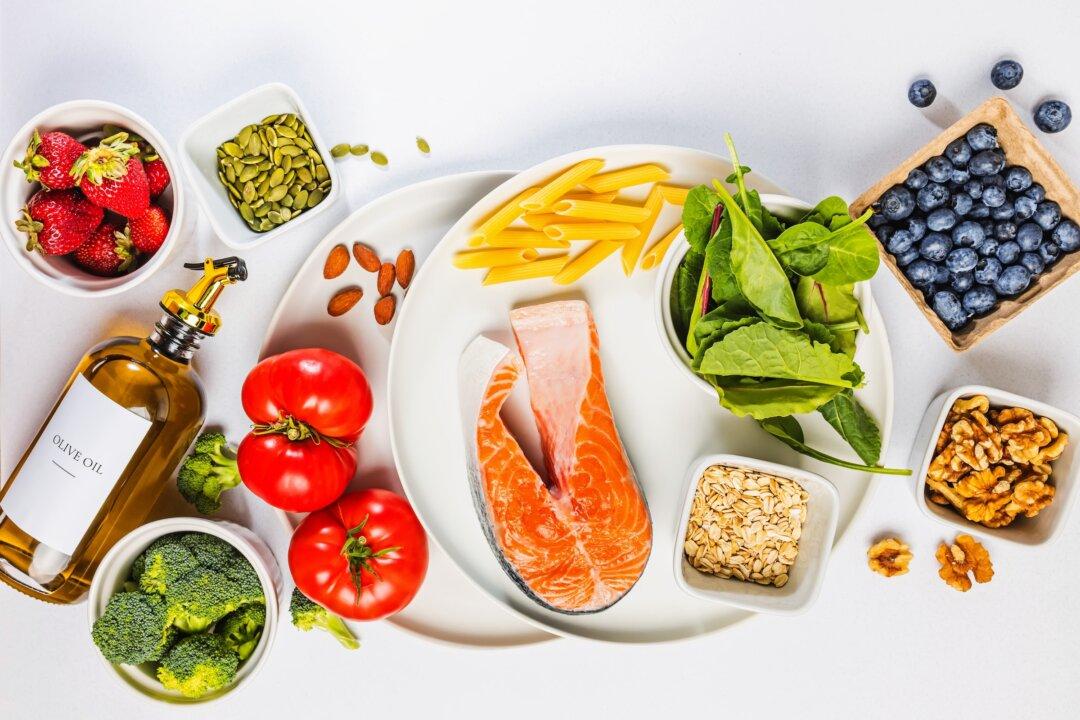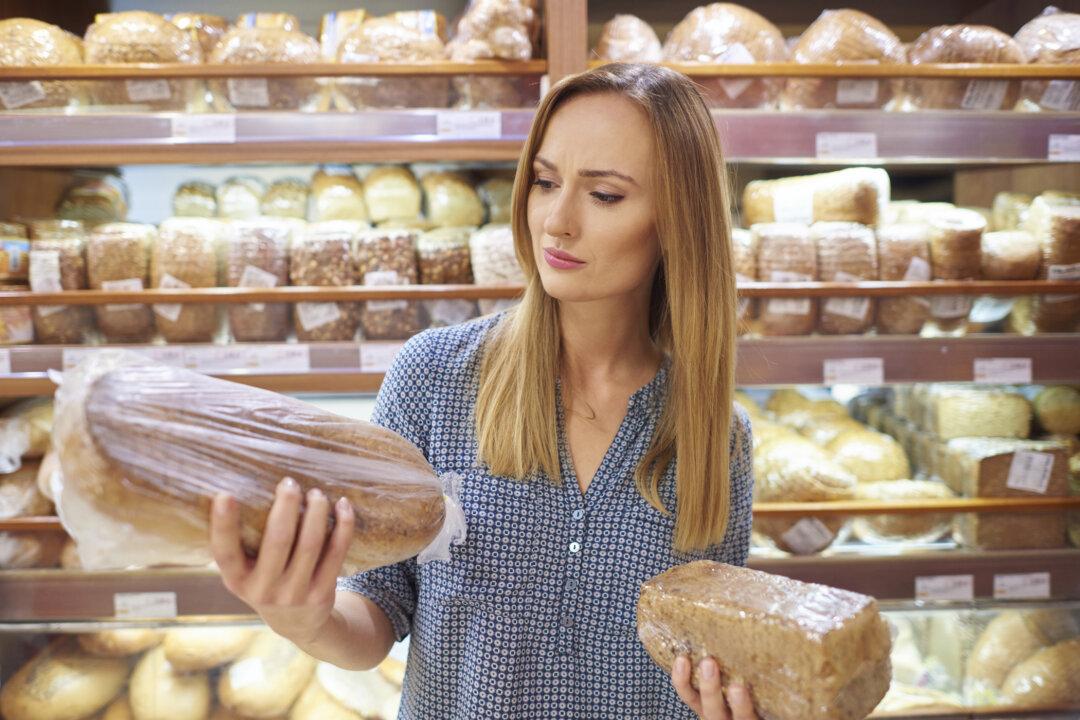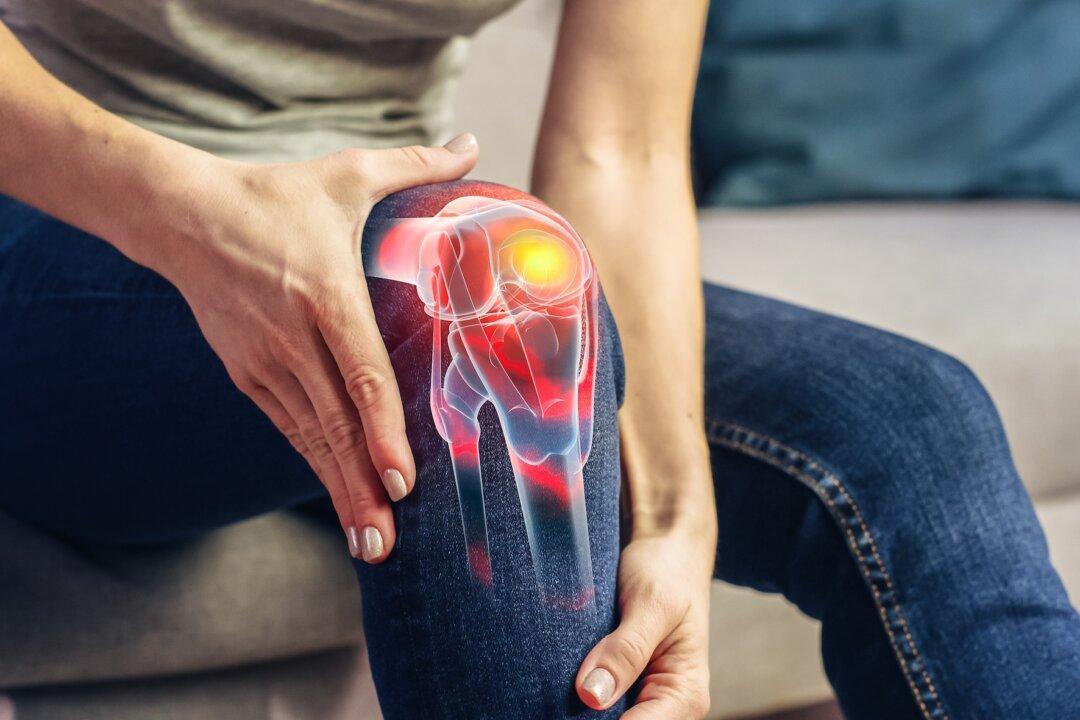Many studies have shown that cooking foods increases their caloric value by increasing the absorption of starches and proteins. Now a new study from Harvard shows how cooking also increases the absorption of fat that you eat. In this study, mice fed cooked peanuts absorbed significantly more calories from fat than those eating the same amount of raw peanuts.
Fat contains more than twice the calories per gram than carbohydrates or proteins do, yet a recent study suggests that nuts are not fattening, even though more than 80 percent of their calories come from fat (see Why Nuts Won’t Make You Fat) The new study from Harvard, conducted under the direction of anthropologist Dr. Richard Wrangham, shows that raw nuts are even less fattening than cooked nuts.
• The fat in raw nuts is inside cells. Humans lack the enzymes to break down fat cell walls, and you have to liberate fat from inside cells to absorb it into your body.
• The fats in nuts are coated with proteins called oleosins that also prevent fat from being absorbed.
Thus most of the fat in nuts is not absorbed. However, cooking helps to break down the cellulose that makes up cell walls, and it also breaks down the oleosins which coat fat, to allow the fat to be absorbed at a much higher rate.






